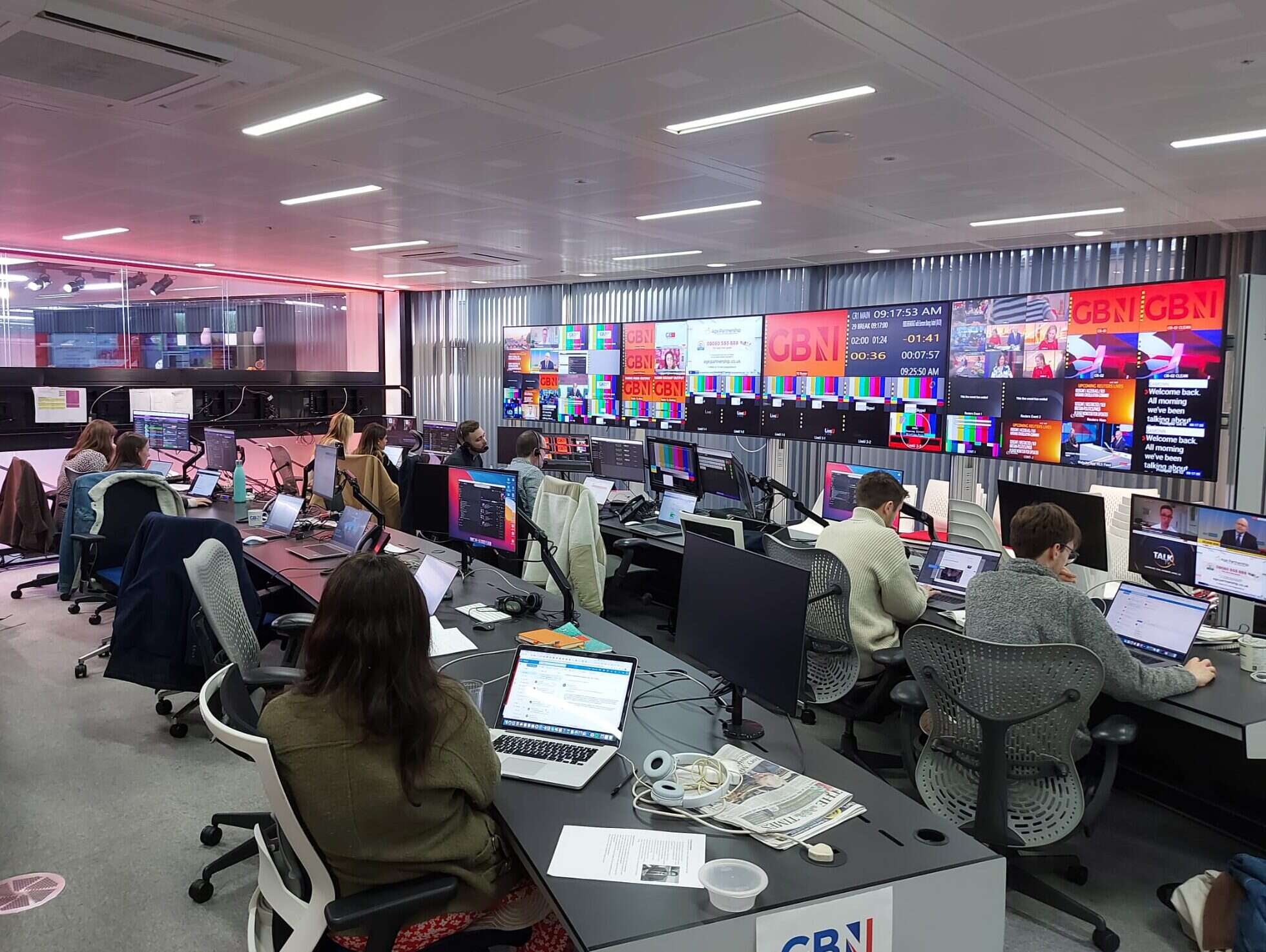A cursory glance at the topics for the PPA Magazines Business Media Conference at the start of May shows there is one thing on the minds of the people at the helm of all publications: technological convergence.
A seminar directed by Debbie Djordjevic, editorial director of Hearst Digital, urged the audience not to be afraid and embrace Web 2.0 and all it offered. For many magazines – used to directing readers rather than being directed by them – this two-way communication represents a brave new world.
Some very high-end glossies have even dispensed with that traditional communication point, the letters page. User-generated content (UGC), reader blogs and RSS feeds sending bits and bobs of your highly polished copy in every direction and (sin on sin) mixing it up with your rival publication’s pieces, forces a magazine editor to reassess their title, staff and own role.
Some brands, such as IPC’s NME or rival Emap’s Kerrang!, have been ahead of the pack in embracing digital opportunities. Condé Nast insists it has been web savvy since the late Nineties.
But there is no doubt consumer titles have been on a steep learning curve in the past year or so, led in part by Emap’s dramatic reshaping after its Magazines 2010 consultation period – in which some 175 jobs were cut and the editorial teams rejigged to better face a digital future.
Elsewhere, there has been a rush to recruit digital directors and some inventive takes on digital publishing, from Natmags’ Jellyfish to Stuff’s video content.
The message of the PPA conference was simple: act now. Get blogging, make your web editor as important as your deputy editor, set up a MySpace site for your magazine and become a DIY broadcaster.
Just how much of an about-turn in magazine thinking this might have to be was in Djordjevic’s example of readers neglecting the magazine brand website in favour of their own personal space and pulling in content using RSS.
As she put it: ‘Your lovingly crafted and particularly targeted editorial will live in a place you will never have seen and often – this is particularly horrifying to us editors –alongside the content of our keenest competitors.”
But this is no time to get precious about your title. ‘You cannot control everything that you can on the site that you would a magazine,’said Djordjevic. ‘Content has a life outside the brand.”
Similarly, the painstaking art of making a magazine on a monthly basis needs to be shaken down, she said. Magazines need to be in contact with their readers on a daily basis and this means experimentation in blogging, video and pod casting – experiments that don’t need to be pitch perfect.
‘You need to take on board that it can afford to be rough around the edges rather than beautifully crafted, because sometimes beautifully crafted and finished lacks pace and excitement,’said Djordjevic.
Ultimately, the magazine editor has the huge advantage of working with a brand that is familiar. And forget about cookies, mash ups and the jargon sent to distract you from the task ahead. ‘ You don’t have to be an expert, but you do have to be a journalist,’Djordjevic concluded.
Case study: Jellyfish
Jellyfish started as an attempt to circumvent the challenges of the difficult teen sector by the people behind Natmag’s CosmoGirl! Its editor Celia Duncan began brainstorming in November 2006 and, inspired by the launch of Dennis’s digital lads mag Monkey and the success of CosmoGirl!’s MySpace page, set about creating a digital title for teen girls.
Duncan worked with Marcus Walters of New Future Graphics design company and hired Ceros Media – which helped launch Monkey – to deliver the magazine idea in a digital format.
The weekly title was launched two months ago and is more than half way through a trial period. A team of seven works on the title, which is delivered straight to subscribers’ in boxes. Ceros Media put the page-turning ability on the digital magazine – basically gluing together what the team at Jellyfish send down (pdfs of the magazine plus a Flash design file).
Duncan said that she and celebrity editor Dan Cheal had to learn quickly how to edit video content and add comments, music and links. It has one Flash designer but the rest of the team came from a traditional magazine structure.
Duncan said Natmags launched it quickly because it was so inexpensive to do so compared with a print title. Jellyfish also has benefited from being greener than magazines, avoided the traditional newsstand standoff and offered more control over delivery.
Jellyfish could only use 30-second music clips and contacted the relevant bodies for permission to do so. The team wanted to synchronise celebrity stories with relevant music but getting permission was impractical, so it created its own music clips.
‘There are tonnes of legal stipulations which take time and manpower – it’s been the biggest challenge,’Duncan said.
Case study: Stuff
Haymarket’s monthly gadget magazine, Stuff, has seen massive success with the use of online video on its Webby-award nominated site, stuff.tv. At this year’s PPA Magazines and Business Media Conference, Stuff editor-in-chief Tom Dunmore (pictured right) spoke of the challenges faced in what the Webby organisers describes as ‘the year of the online video”.
‘Our video isn’t visible to all visitors. We chose Flash, which is the most-used video format out there, but we do get a lot of people looking at the site from corporate environments where Flash isn’t on their computer. That’s showing us that we need to be platform neutral.
‘Clearly making a video is very intensive on your resources – it takes a day of my week. It’s also relatively expensive to produce, especially as you need to get location, cameraman, editing. We’ve kept the cost pretty low, but it is a significant investment.
‘Most journalists know how to write but very few know how to stand in front of a camera. You can multitask, but people need to get confident in order to do it. It’s worth spending time getting the attitude and tone right, because video can bring so much of that to site. You can’t just put a camera in someone’s hand and expect them to produce content.”
Email pged@pressgazette.co.uk to point out mistakes, provide story tips or send in a letter for publication on our "Letters Page" blog






